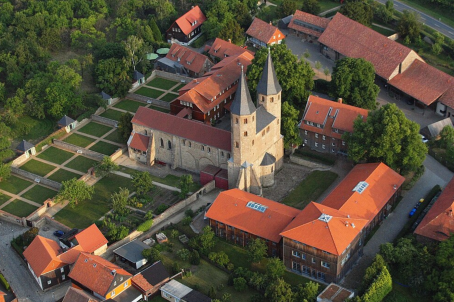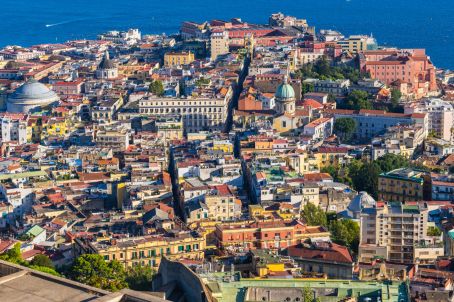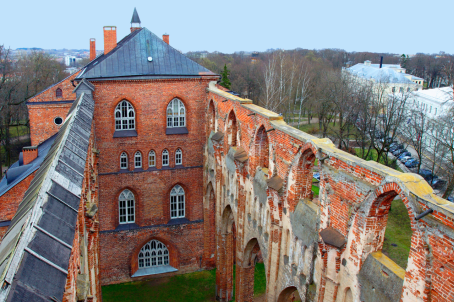
H.H. Cosmas en Damianus
Afferden L, NL
The church of SS Cosmas and Damianus was built in 1958. The tower belongs to an earlier church on the same site that had to be demolished due to its ruinous state after World War II. In 2023 the decision was taken to adapt the building partially or totally for a residential function.





